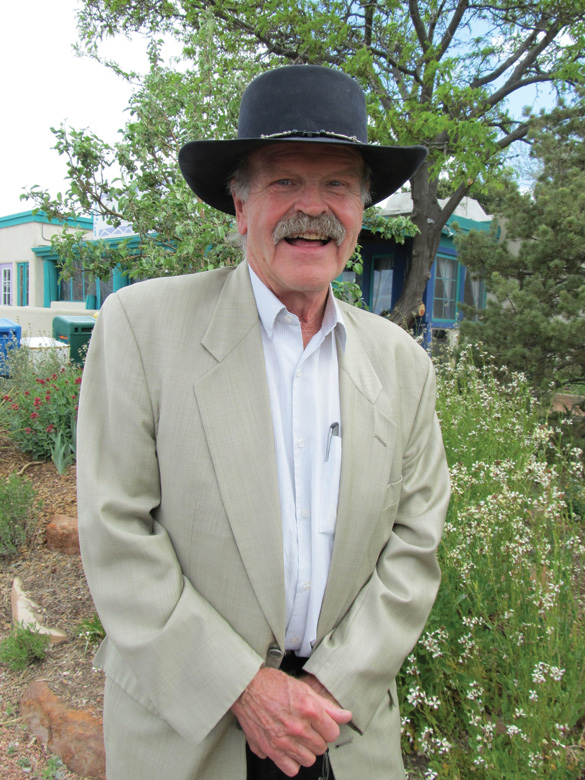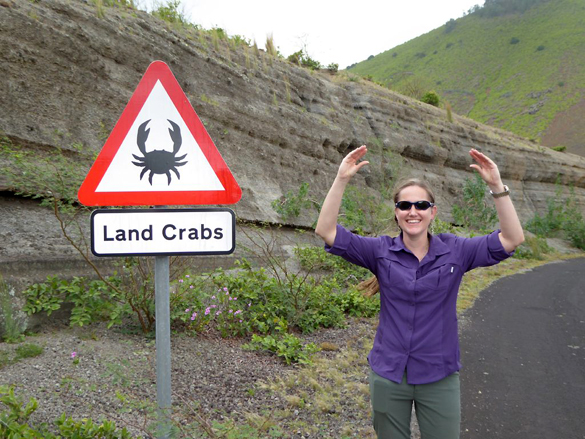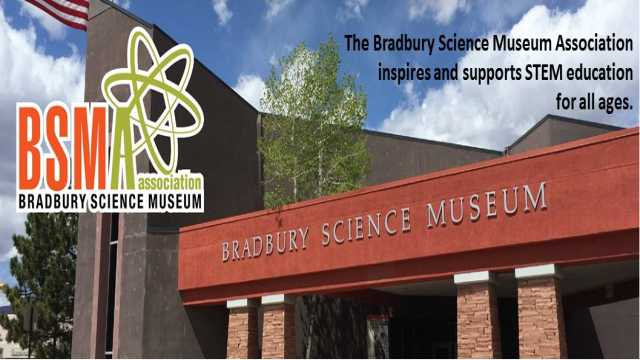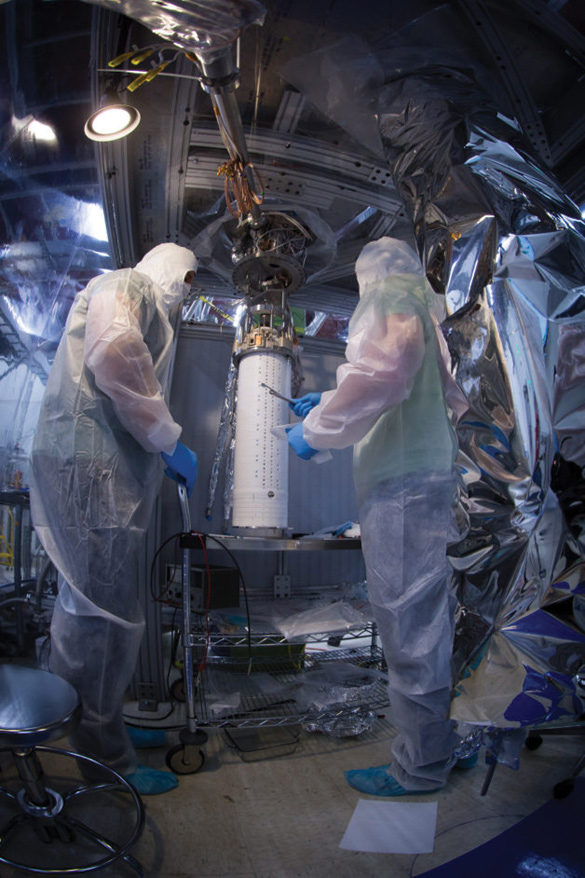Book Review: Science As A Box Of Chocolates
 Retired LANL scientist Claude Phipps, author of ‘No Wonder You Wonder: Great Inventions and Scientific Mysteries’. Photo by Roger Snodgrass/ladailypost.com
Retired LANL scientist Claude Phipps, author of ‘No Wonder You Wonder: Great Inventions and Scientific Mysteries’. Photo by Roger Snodgrass/ladailypost.comLos Alamos Daily Post
 It is impossible to square the circle, that is, to make one of those geometric figures with the same area as the other using only a compass and a ruler. The reason, according to Wikipedia, is because pi is not the root of any polynomial as Lindamann proved in 1882.
It is impossible to square the circle, that is, to make one of those geometric figures with the same area as the other using only a compass and a ruler. The reason, according to Wikipedia, is because pi is not the root of any polynomial as Lindamann proved in 1882.
But hang on. It is not impossible to write a reader-friendly, entertaining book about science without reverting to advanced Read More
NNSA And Bulgaria Partner To Complete Nuclear Detection Architecture
Feeling the Burn: Understanding How Biomass Burning Changes Climate
 Allison C. Aiken is a chemist at Los Alamos National Laboratory in the Earth and Environmental Sciences Division. In 2014, at the age of 34, she was named one of ‘The World’s Most Influential Scientific Minds’ by Thomson Reuters for being in the top 1 percent of geoscientists to have her work cited. She is posing in front of a crab sign on Ascension Island, where she installs instruments to collect data about black carbon aerosols. The island is tropical, but very isolated with rugged volcanic terrain and dominated by non-native species. There are, however, some interesting and rare Read More
Allison C. Aiken is a chemist at Los Alamos National Laboratory in the Earth and Environmental Sciences Division. In 2014, at the age of 34, she was named one of ‘The World’s Most Influential Scientific Minds’ by Thomson Reuters for being in the top 1 percent of geoscientists to have her work cited. She is posing in front of a crab sign on Ascension Island, where she installs instruments to collect data about black carbon aerosols. The island is tropical, but very isolated with rugged volcanic terrain and dominated by non-native species. There are, however, some interesting and rare Read More
New Association Amplifies Bradbury’s Mission
 The Bradbury Science Museum Association operates separately from the Bradbury Science Museum and the two maintain a close working relationship. In fact, Museum Director Linda Deck sits on the BSMA Board of Directors, along with 12 other volunteer members. Courtesy photo
The Bradbury Science Museum Association operates separately from the Bradbury Science Museum and the two maintain a close working relationship. In fact, Museum Director Linda Deck sits on the BSMA Board of Directors, along with 12 other volunteer members. Courtesy photo
 The Bradbury Science Museum Association Board of Directors, standing from left, Ann Parsons, Judith McKenzie, Ryn Herrmann, Carol A. Clark, Ed Fenimore, Heidi Hahn. Sitting from left, KayLinda Crawford, Andre Trottier, Linda Deck and Carol Hermes. Not pictured, Kathy Boerigter, JoAnn Lysne and Shannon CdeBaca. Photo
The Bradbury Science Museum Association Board of Directors, standing from left, Ann Parsons, Judith McKenzie, Ryn Herrmann, Carol A. Clark, Ed Fenimore, Heidi Hahn. Sitting from left, KayLinda Crawford, Andre Trottier, Linda Deck and Carol Hermes. Not pictured, Kathy Boerigter, JoAnn Lysne and Shannon CdeBaca. Photo
WIPP Update: Ground Control Review Underway Following Rock Fall
 Courtesy/WIPP
Courtesy/WIPP
WIPP News:
Salt rock debris was discovered by ground control crews Tuesday, Sept. 27 during routine monitoring and inspections of the Panel 4 entrance within the WIPP underground.
Panel 4, one of the most southern portions of WIPP, was closed in 2010 and consists of seven disposal rooms filled with transuranic (TRU) waste. No WIPP personnel were present at the time of the salt rock fall, as the area had already been under restricted access – requiring management approval to access – since March 2016.
Recently, access was more strictly prohibited – no personnel entry allowed – since Read More
Nature On Tap: Recent Discoveries In Astronomy Oct. 6
 PEEC News:
PEEC News:
The community is invited to this week’s Nature on Tap to discuss the latest findings in astronomy.
Local astronomers and astrophysicists Dr. Paul Arendt, Dr. Galen Gisler and Dr. Rick Wallace will provide an engaging discussion about black holes, NASA’s Juno probe, the moons of Jupiter and Saturn, the night sky, and upcoming planetarium shows 5:30-7 p.m. Thursday, Oct. 6 at UnQuarked in Central Park Square.
Arendt received his PhD in physics at Ohio State University and now works in commercial manufacturing and the Applied Research & Development of Materials Read More
Construction Of World’s Most Sensitive Dark Matter Detector Moves Forward
 Tomasz Biesiadzinski, left, and Jeremy Mock install a mini version of the future LZ dark matter detector at a test stand at SLAC National Accelerator Laboratory. The white container is a prototype of the detector’s core, also known as a time projection chamber (TPC). For the dark matter hunt, LZ’s TPC will be filled with liquid xenon. Courtesy/ SLAC National Accelerator Laboratory
Tomasz Biesiadzinski, left, and Jeremy Mock install a mini version of the future LZ dark matter detector at a test stand at SLAC National Accelerator Laboratory. The white container is a prototype of the detector’s core, also known as a time projection chamber (TPC). For the dark matter hunt, LZ’s TPC will be filled with liquid xenon. Courtesy/ SLAC National Accelerator LaboratoryLBNL News:
Lawrence Berkeley National Laboratory reports that the LUX-ZEPLIN (LZ), a next-generation dark matter detector that will be at least 100 times more sensitive than its predecessor, has cleared another Read More

